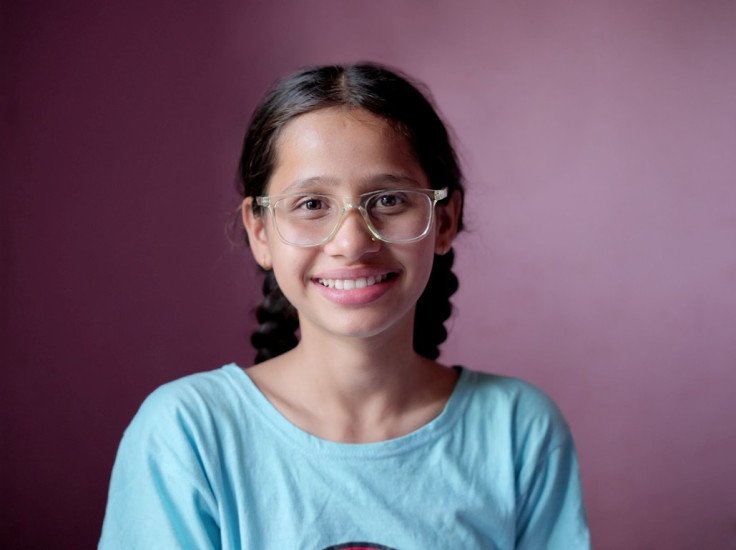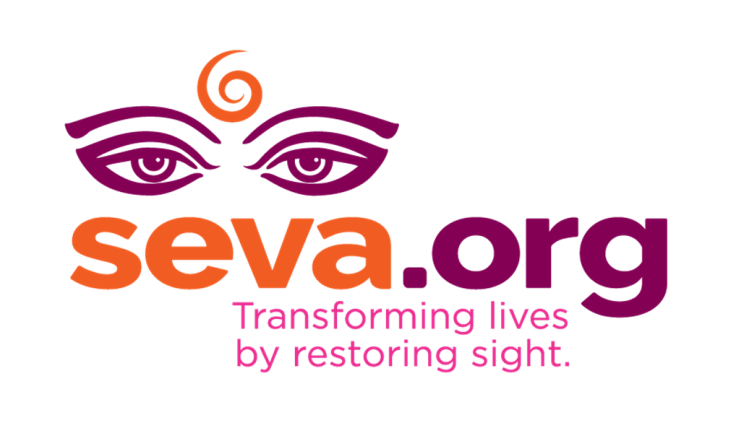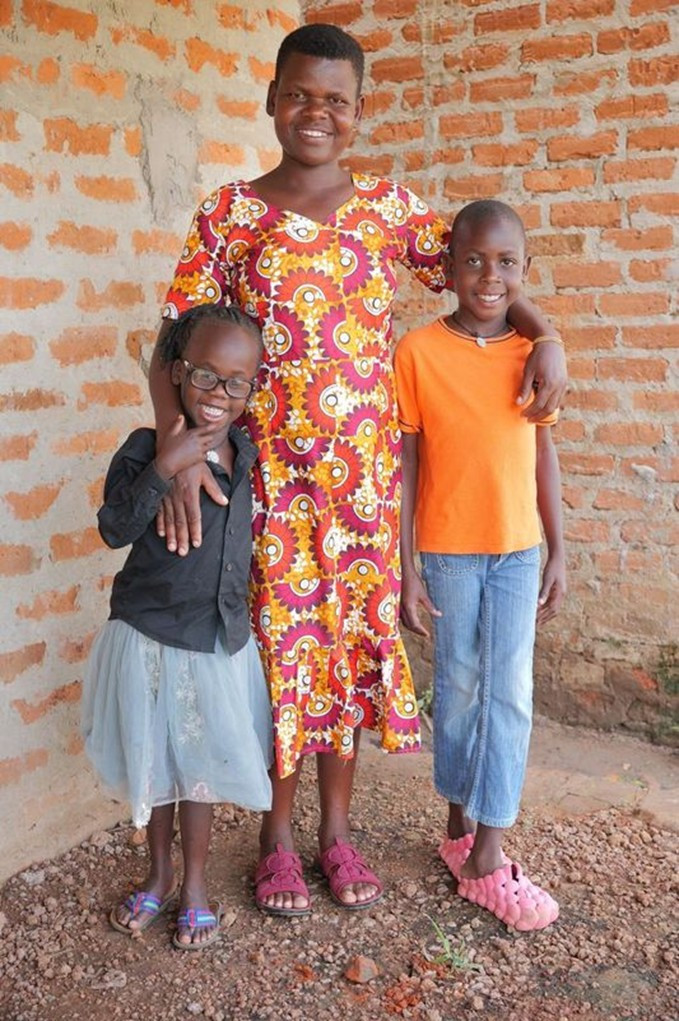Vision for Change: Seva Foundation Is on a Mission to End Preventable Blindness
When one thinks of solutions to global poverty, eye care rarely makes the list. But it should, and Seva Foundation has the research to prove it.
For more than four decades, nonprofit organization Seva Foundation has been quietly transforming lives across the globe, not through food relief or housing, but by restoring something many of us take for granted: sight. In doing so, they've not only returned dignity and independence to millions; they've uncovered one of the most cost-effective strategies for economic uplift available today.

According to studies, every $1 invested in eye care generates $36 in economic and social impact. That's a higher ROI than investments in infectious disease, nutrition, or clean water. The math adds up when you consider what vision makes possible: children can learn again, adults can return to work, and caregivers are freed to pursue their own livelihoods. Even Seva commissioned a journal in the WHO Bulletin that spoke on similar grounds. "When you restore sight, you're not just changing one life," Kate Moynihan, CEO and Executive Director of Seva Foundation, explains. "You're changing the life of an entire family and often, an entire community."
This isn't just a theory. Another Seva-backed study found that children who receive glasses in grade school go on to earn 78% more income in their lifetime compared to peers whose vision goes uncorrected. In India alone, untreated vision loss costs the country an estimated $54 billion annually. And yet, the solution is often as simple as a $50, 15-minute cataract surgery or a pair of prescription glasses. "Ninety percent of blindness is either treatable or preventable," Moynihan shares. "And that's the opportunity as well as an urgency."
Founded in 1978 by a group of idealists, including scientists, spiritual leader Late Ram Dass, and entertainer and peace activist Wavy Gravy, the Seva Foundation began with a commitment to service. Inspired by their work eradicating smallpox in India, Dr. Larry and Dr. Girija Brilliant partnered with the legendary Dr. V of Aravind Eye Care to bring the same urgency and scalability to eliminating blindness. Millions have received eye care through Seva's programs since.
Today, under Moynihan's leadership, the nonprofit operates on a model that is anything but traditional. "We don't parachute in, provide services, and leave," she says. "We build self-sustaining systems that remain long after Seva has exited." That means hiring and training local health professionals, equipping hospitals, and developing scalable, sliding-scale programs where paying patients help subsidize care for those who can't afford it.

Central to this model are Seva's vision centers, small, community-based clinics located in some of the most remote parts of the world. These centers address most of the patients' eye care needs on-site. For more complex cases, they coordinate referrals, transportation, and follow-up with partner hospitals. "It's a hub-and-spoke model that ensures care is always within reach," says Moynihan. "Especially for rural populations who can't afford to travel hundreds of miles to the nearest hospital."
Seva is also leading with innovation. Their latest breakthrough? A compact diagnostic camera small enough to fit in a backpack, capable of identifying not only front-of-the-eye issues like most other diagnostic devices, but also back-of-the-eye conditions like diabetic retinopathy that can be vision-threatening. When integrated into global healthcare programs, the Pristine 5.0 Camera has the potential to significantly reduce AIDS-related blindness by 50%. Additionally, it can provide critical early screening for more than 500 million people worldwide suffering from retinal diseases and diabetes. "It's game-changing," Moynihan notes. "Now you can bring advanced diagnostics to a mountaintop village in Nepal or a rural community in Guatemala."
This marriage of research, sustainability, and technology fuels Seva's ambition to scale globally. Nowhere is that more evident than in Guatemala, where Seva is three years into a 10-year blueprint to eliminate avoidable blindness nationwide. The initiative, Guatemala Brillando (Guatemala Shining), is already expanding access through new hospitals, trained ophthalmologists, and community vision centers. The goal is to replicate this model in countries around the world.
But Seva isn't just delivering care; they're shaping global policy. Their research has helped integrate eye care into the United Nations Sustainable Development Goals for the first time, and they're in active dialogue with global alliance partners about the massive cost, both human and economic, of untreated vision loss. "We're arming ministries of health with data they can take to create a snowball effect," Moynihan explains. "Because once leaders understand the real return on investment, they will be able to see that eye care is both deeply individual and yet a smart way to develop communities."

In schools, Seva organizes mass screenings to catch vision issues early, knowing that timely intervention can completely alter a child's educational and economic trajectory. In communities, they work to spread awareness about the simplicity and accessibility of treatment. "Once people learn that blindness is preventable, they want to be part of the movement," Moynihan affirms. "That's where change begins."
Seva's work is built on the radical idea that health interventions should outlast the organizations behind them. And that sight, something so simple and taken for granted, holds the key to unlocking untold economic potential for individuals and nations alike.
"What we offer is more than just eye care," says Moynihan. "It's a path out of poverty. It's a future where people can see, and be seen."
© Copyright IBTimes 2025. All rights reserved.





















